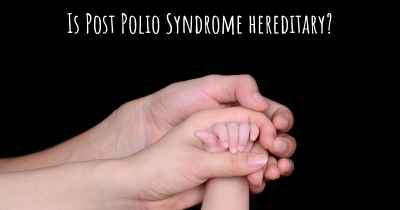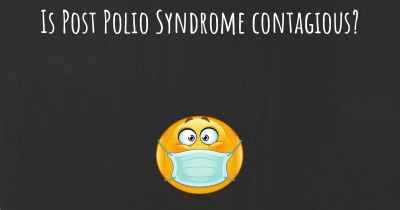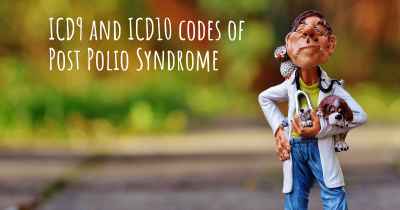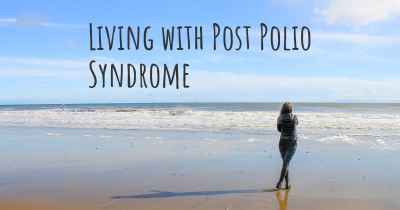What is the history of Post Polio Syndrome?
When was Post Polio Syndrome discovered? What is the story of this discovery? Was it coincidence or not?
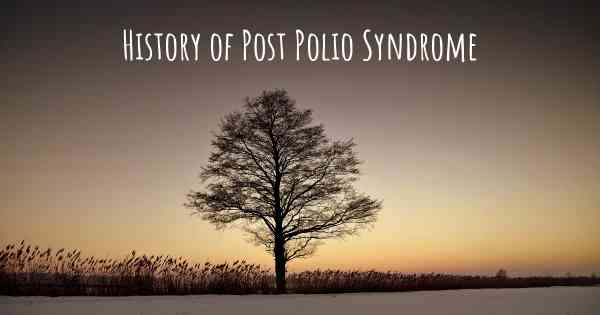
Post Polio Syndrome (PPS) is a condition that affects individuals who had previously contracted and recovered from poliomyelitis, commonly known as polio. Polio is a highly contagious viral infection that primarily affects the nervous system, leading to muscle weakness and paralysis. While the history of polio dates back centuries, the recognition and understanding of Post Polio Syndrome is a more recent development.
The first recorded polio epidemic occurred in the early 19th century, but it wasn't until the late 19th and early 20th centuries that the disease gained significant attention. Polio outbreaks became more frequent and severe, causing widespread fear and panic. In the early 20th century, the development of iron lungs and other respiratory aids helped individuals with severe polio-related paralysis survive, but many were left with long-term disabilities.
The first signs of Post Polio Syndrome were observed in the 1920s and 1930s when individuals who had previously recovered from polio began experiencing new symptoms. These symptoms included muscle weakness, fatigue, pain, and breathing difficulties. However, at that time, the medical community did not fully understand the underlying cause of these symptoms.
It wasn't until the 1980s that the term "Post Polio Syndrome" was coined to describe the late effects experienced by polio survivors. The medical community started recognizing PPS as a distinct condition characterized by the reappearance or worsening of polio-related symptoms in individuals who had previously recovered.
Research and studies conducted in the 1980s and 1990s shed light on the underlying mechanisms of Post Polio Syndrome. It was discovered that PPS is not caused by the reactivation of the poliovirus itself, but rather by the degeneration of nerve cells that were initially damaged by the virus. The surviving nerve cells compensate for the lost function, but over time, they become overburdened and start to deteriorate, leading to the onset of PPS symptoms.
Post Polio Syndrome affects a significant number of polio survivors, with estimates ranging from 25% to 80% of individuals experiencing some degree of symptoms. The exact prevalence is difficult to determine due to variations in diagnostic criteria and the wide range of symptoms experienced by different individuals.
The symptoms of PPS can vary widely but often include muscle weakness, fatigue, muscle and joint pain, breathing difficulties, sleep disturbances, and intolerance to cold temperatures. These symptoms can significantly impact the quality of life for individuals affected by PPS.
While there is no cure for Post Polio Syndrome, treatment focuses on managing symptoms and improving quality of life. Physical therapy, occupational therapy, and assistive devices can help individuals maintain mobility and independence. Pain management techniques, such as medication and heat therapy, may be used to alleviate discomfort. Additionally, lifestyle modifications, such as conserving energy and maintaining a healthy lifestyle, can also play a role in managing PPS.
Continued research into Post Polio Syndrome aims to better understand the condition and develop more effective treatments. Scientists are investigating potential underlying mechanisms, such as immune system dysfunction and muscle fiber abnormalities, to uncover new therapeutic approaches. Additionally, efforts are being made to raise awareness about PPS and provide support for individuals living with the condition.
In conclusion, Post Polio Syndrome is a condition that affects individuals who had previously recovered from polio. The recognition and understanding of PPS emerged in the 1980s, highlighting the long-term effects experienced by polio survivors. Ongoing research and medical advancements aim to improve the management and quality of life for individuals living with Post Polio Syndrome.
Posted Jul 20, 2019 by Terry 3000


